Published Feb 4, 2025
Lily Sloane's Invaluable Influence on the Future
Lily Sloane's influence on all that humanity and the Federation would become should not be underestimated or dismissed.

StarTrek.com
In "," furnished us with a glimpse of a Lily Sloane from an alternate reality who had pioneered a quantum reality drive and become an acclaimed explorer.
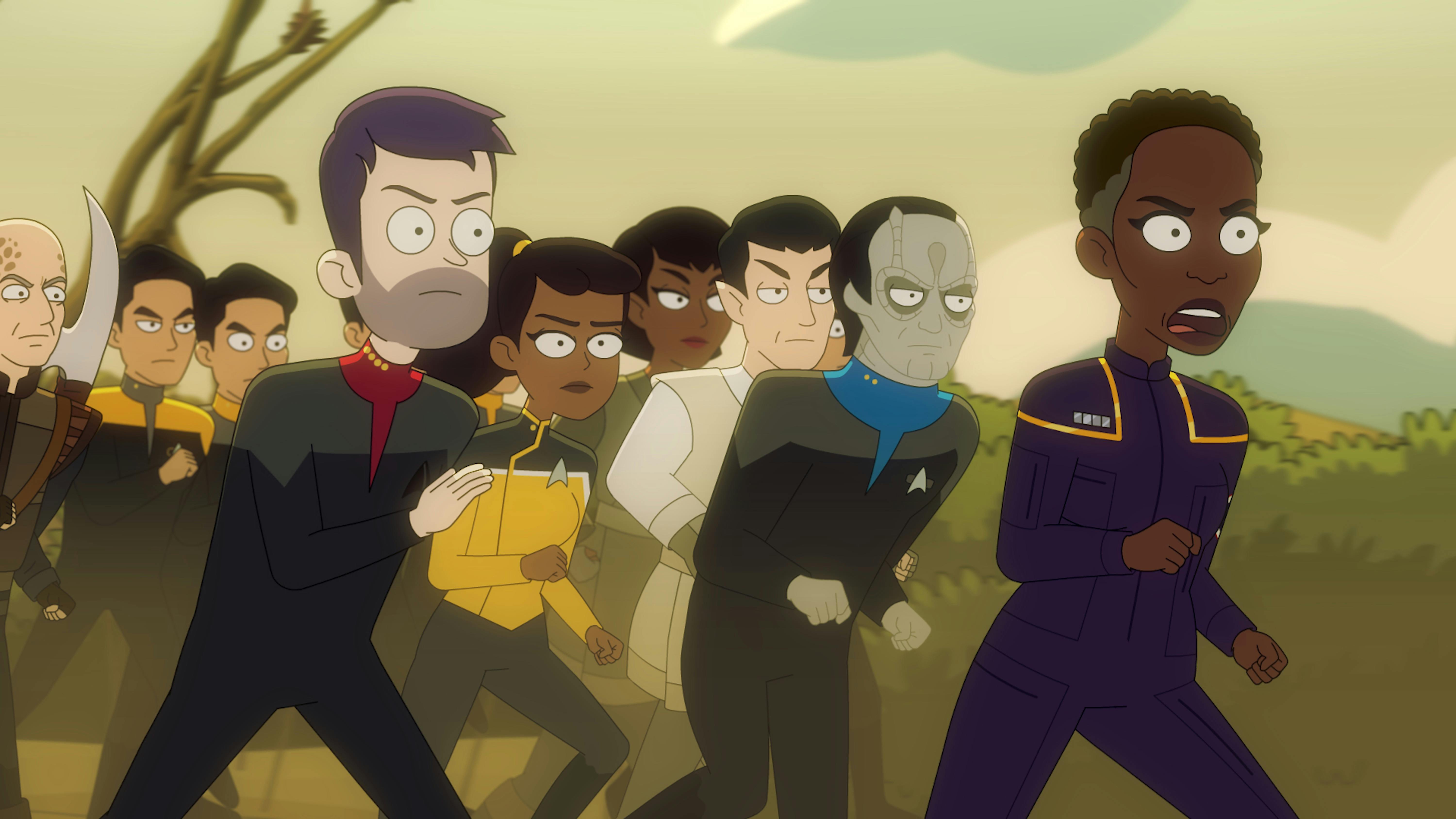
"Fissure Quest"
StarTrek.com
Meanwhile, in the Prime Timeline, the credit for humanity's first warp flight was primarily directed toward . As much as he deserved that honor, proved that Lily Sloane was as instrumental to breaking the warp barrier as Cochrane himself.
Between her involvement with the Phoenix, her collaboration with Cochrane, and the guidance she provided to Captain Jean-Luc Picard, Sloane made the warp test possible in a myriad of ways and left an indelible impact on Earth, the Federation, and the galaxy as a whole.
Preparing for Warp
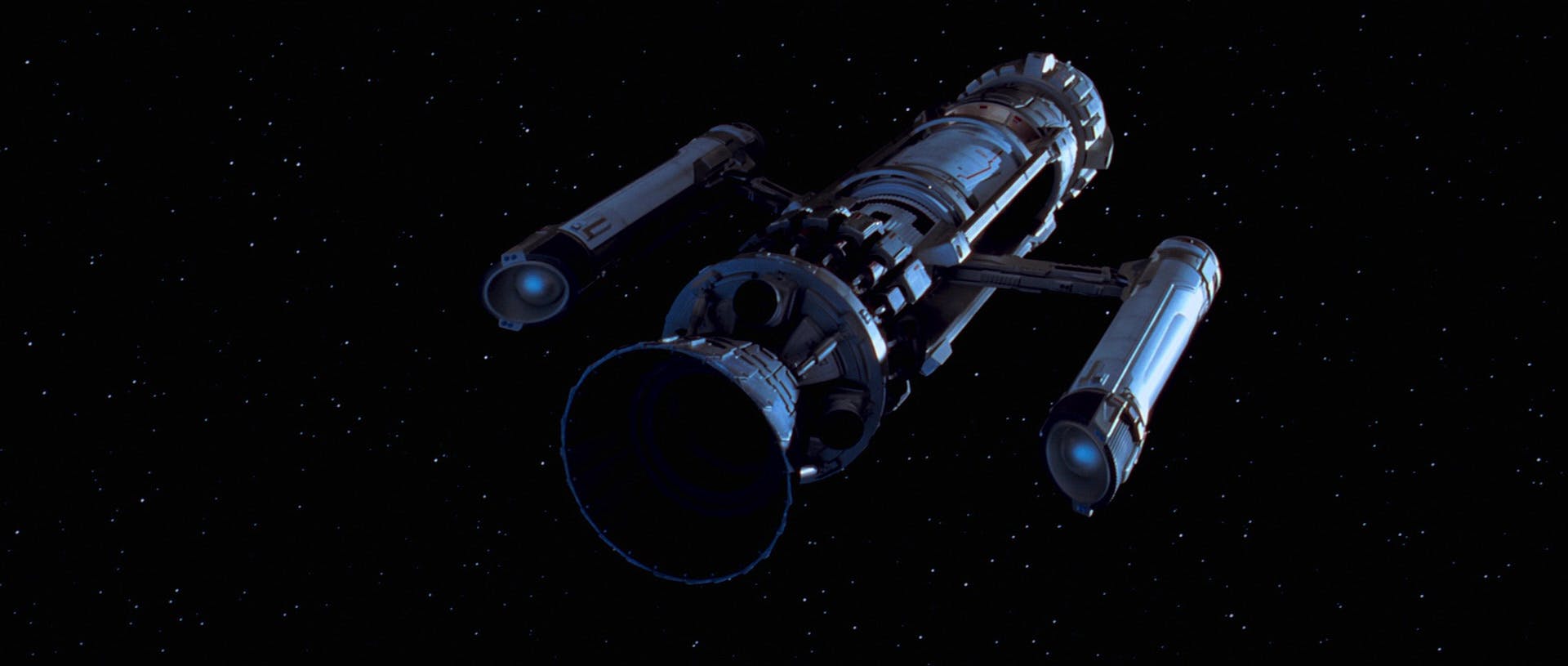
Star Trek: First Contact
StarTrek.com
As noted in First Contact, Lily Sloane was supposed to accompany Zefram Cochrane on the fateful test flight that set a new course for humanity's future. The unexpected presence of the Borg Collective prevented Sloane from joining Cochrane, but the Phoenix's trial run would not have happened without her involvement.
While trapped aboard the U.S.S. Enterprise-E with Captain Picard, Lily marveled at the starship's construction and recalled that it had taken her 6 months to scrounge up enough titanium to build the Phoenix's four-meter cockpit. This level of devotion demonstrated how invested Sloane was in the mission while underlining the amount of work she poured into the experimental craft, particularly in its planning stage. After all, given Cochrane's penchant for alcohol and other assorted distractions, it's difficult to envision him having such commitment when it came to collecting materials for the vessel.
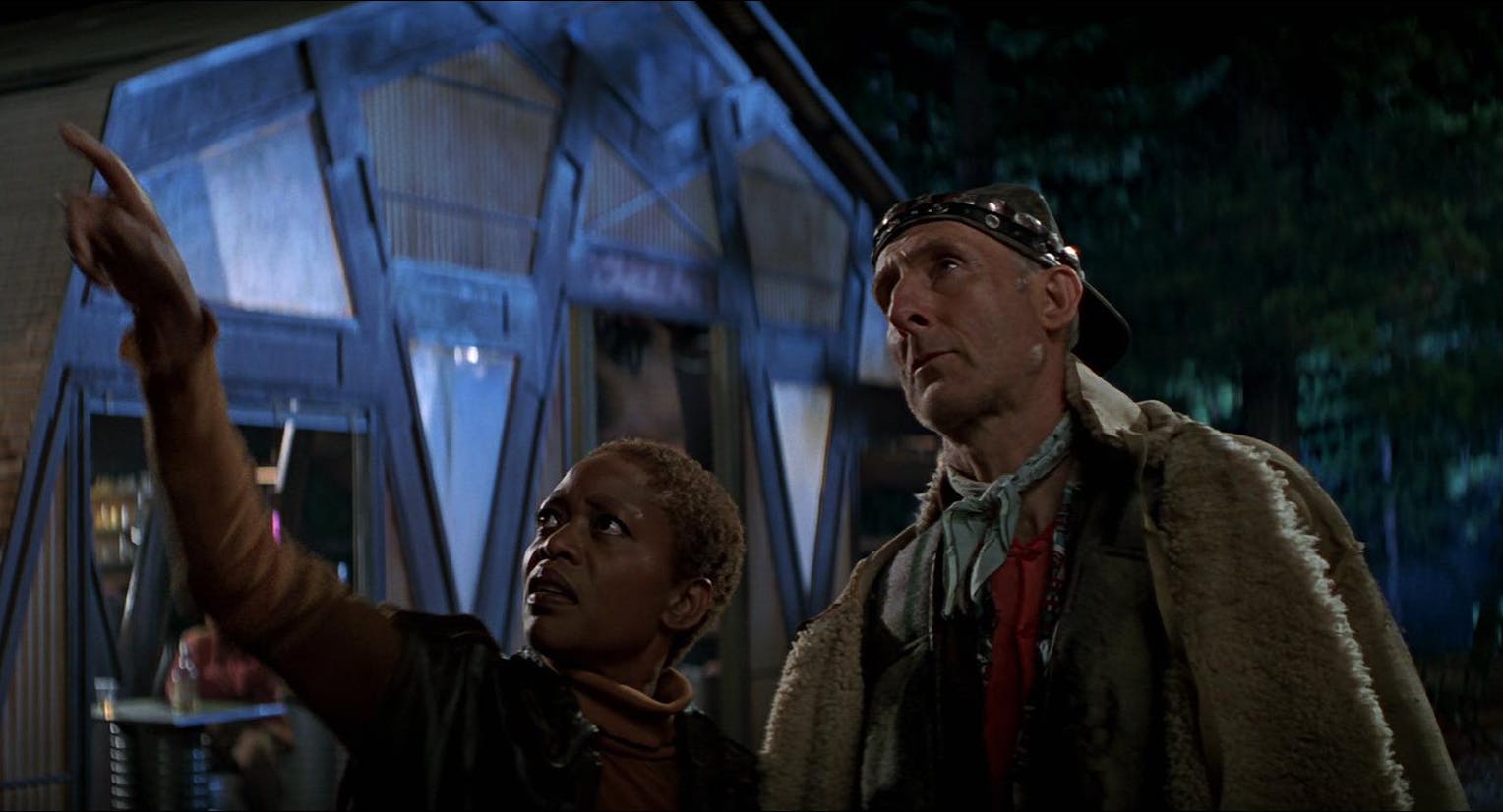
Star Trek: First Contact
StarTrek.com
Cochrane's need for liquid courage also manifested in the moments before the Borg attack, as Lily had to shepherd him away from the bar in a bid to sober him up. Sloane's intervention obviously appeared to be a regular ritual for the duo, highlighting that she was not just Cochrane's colleague and friend, but someone who kept him focused and on task. Consider the lengths to which Commander William T. Riker and the Enterprise-E's landing party went in order to catch Cochrane and enlist him to carry out his own flight. Even with his team assisting him, Riker had to resort to stunning the inventor!
Now imagine that monumental duty becoming the responsibility of a single person. Without Sloane, Cochrane would have never developed an experimental warp drive, assembled the Phoenix, or transformed into a historic figure. The mission — and its accolades — belonged to them both. In fact, when Captain Picard bid farewell to Lily after the Vulcans arrived, he explicitly noted that she would be part of Earth's first steps into a new frontier.
A Relentless Spirit
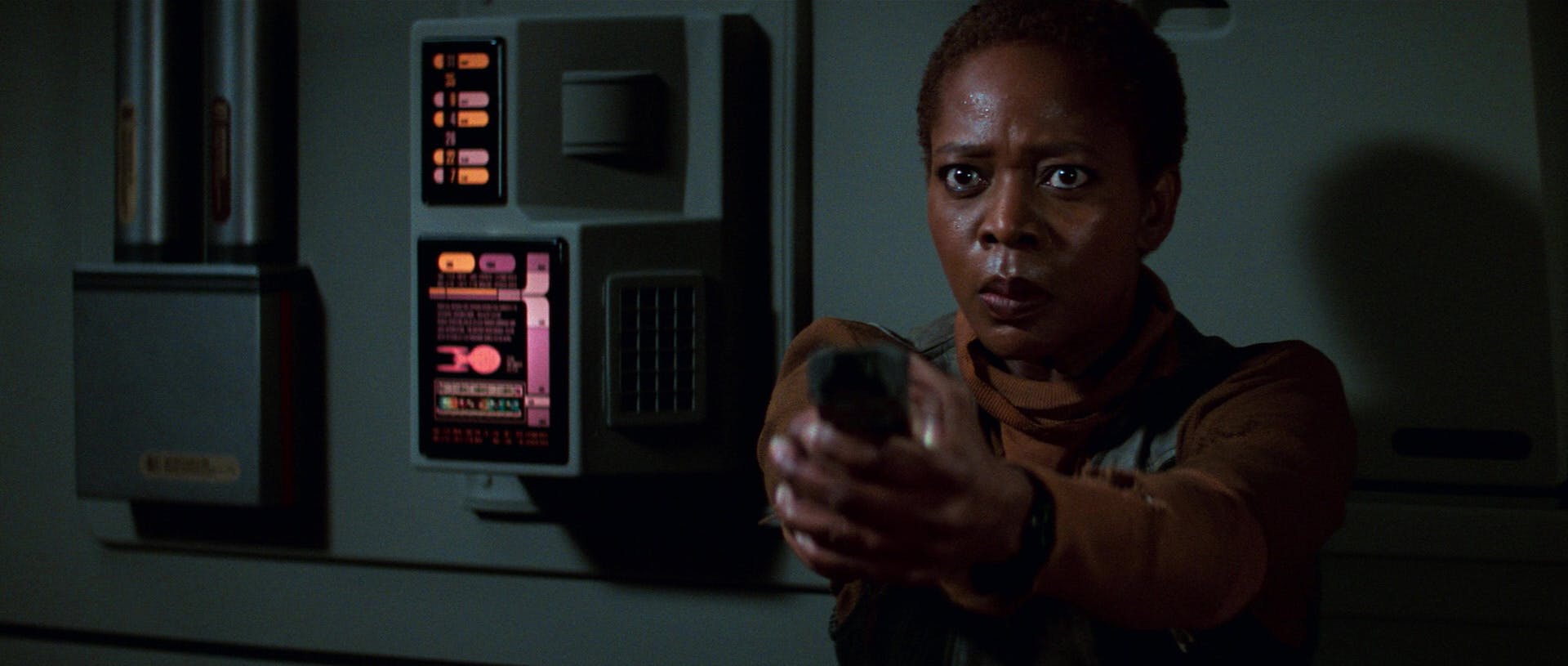
StarTrek.com
Zefram Cochrane was not the only legend shaped by Lily Sloane's counsel. While the Borg's temporal incursion impeded Sloane from participating in the warp test itself, it afforded her with an opportunity to get to know Captain Picard as they made their way through the Enterprise-E's assimilated corridors.
Although Lily took some time to adjust to the idea that she had been brought to a 24th Century starship, her intellect and fortitude allowed her to acclimate relatively quickly and take an astute measure of Picard as a person. That Sloane would act with bravery and resolve was no surprise, as even in the face of the attack on the Montana missile complex, her initial response was to defend the Phoenix at all costs. The same could be said for her earliest actions aboard the Enterprise-E, as she put her fears to the side and ventured through the vessel's Jefferies tubes.
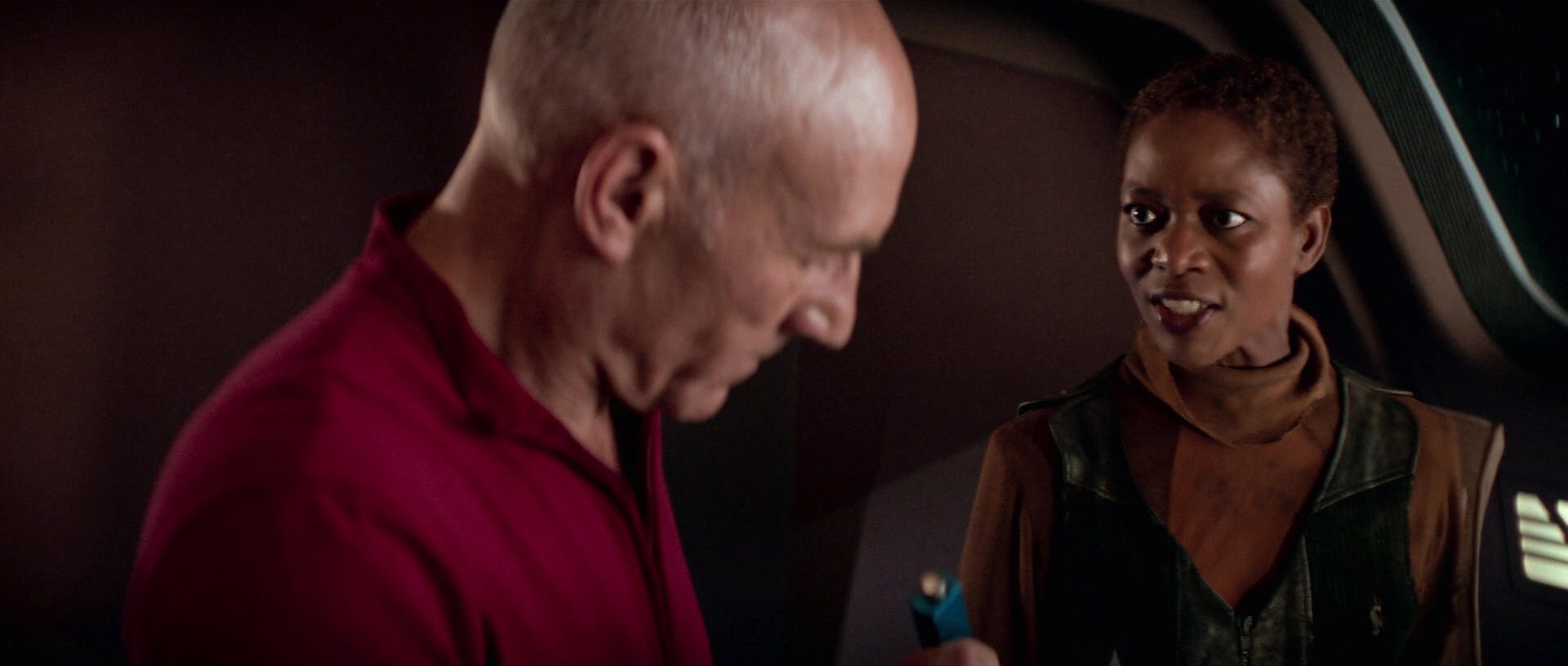
Star Trek: First Contact
StarTrek.com
Sloane's habit of refusing to back down when situations became dire made her rejection of Picard's unwillingness to evacuate the Enterprise-E even more powerful. Able to confront the captain in ways his crew could not, Lily recognized that Picard's stubbornness regarding the Collective did not stem from nobility, but rather a vengeful quest to repay them for the hurt they had inflicted upon him.
Sloane's direct approach cut through all the — as she might say — "bullshit" and forced Picard to deal with his true motivations. Though she had never read Herman Mellville's Moby Dick, her reference to Captain Ahab struck a particular chord with Picard's affinity for literature. In a sense, Lily helped bring him back to reality and revived the astute, compassionate, and practical captain who we all know and love.
An Ambassador for Humanity
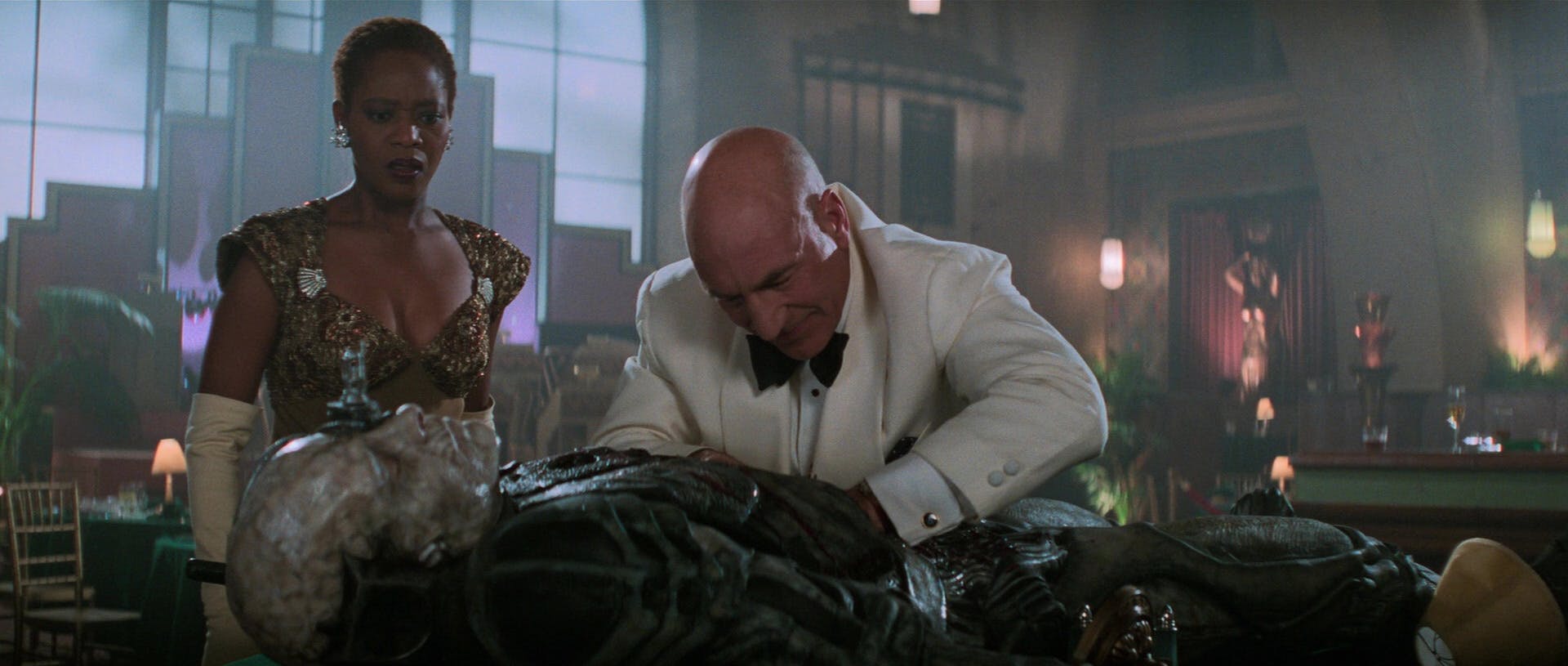
Star Trek: First Contact
StarTrek.com
Additionally, Lily Sloane's heart-to-heart with Captain Picard about his history with the Borg produced a key insight into her outlook on the world. Despite living in the aftermath of World War III and always fearing that another attack was imminent, Sloane demonstrated an inspiring allegiance to hope and compassion. Though she defended herself when she believed the Eastern Coalition had invaded Montana, she did not choose to use her captured phaser on the captain when they first met in the Jefferies tube.
Lily's trend of opting for merciful solutions continued in her reaction to the captain's seemingly cold-blooded treatment of an assimilated Ensign Lynch, who Picard had killed on the holodeck. Sloane pointed out the contradiction between the 24th Century captain's alleged "evolved sensibility" and his callous denial that he could have done anything to save Lynch. As Lily elaborated, she was accustomed to seeing her 21st Century compatriots get a thrill from murdering someone, making her adherence to the moral high ground that much more impressive.
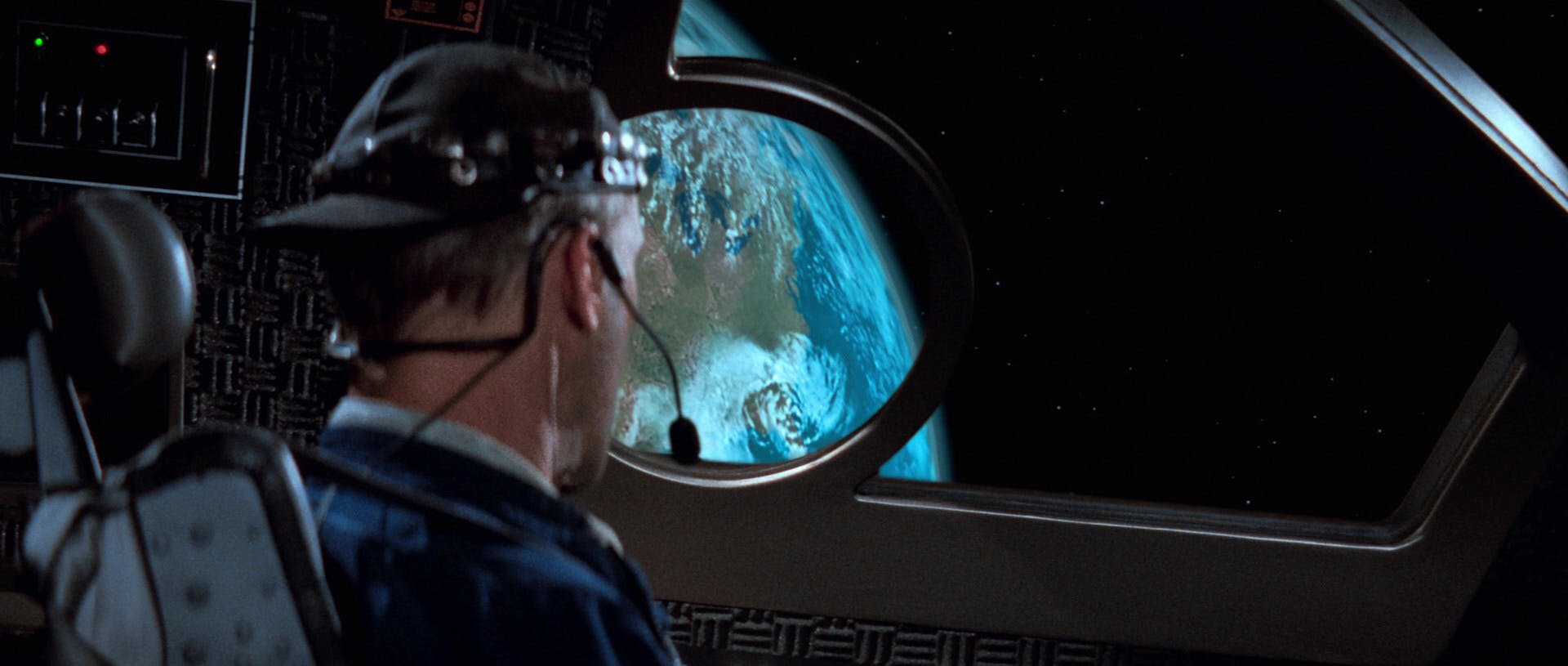
Star Trek: First Contact
StarTrek.com
When we contemplate Lily's empathetic nature in conjunction with Zefram Cochrane's profit-driven disposition, it is possible to see her involvement with the warp test as the fuel which kept the ideals of exploration and optimism simmering at the back of his mind. Working closely with Sloane likely permitted Cochrane with a chance to consider her own "evolved sensibility," thus making him more amenable to the potential future that Commander Riker, Counselor Troi, and Chief Engineer Geordi La Forge described to him.
The inventor's doubts and concerns still remained, as shown by his hesitation to accept Riker's expectations for him, but Cochrane did make a relatively swift pivot to positivity in the wake of breaking the warp barrier. Seeing Earth from space undoubtedly played a major role in the change, yet it would be tough to deny that Lily and her benevolent perspective did not factor into the question. From opening Picard's eyes to guiding Cochrane toward his true vision, Sloane acted as an ambassador for humanity who could connect others with the best aspects of themselves, regardless of what century they were from.
Affecting the Future
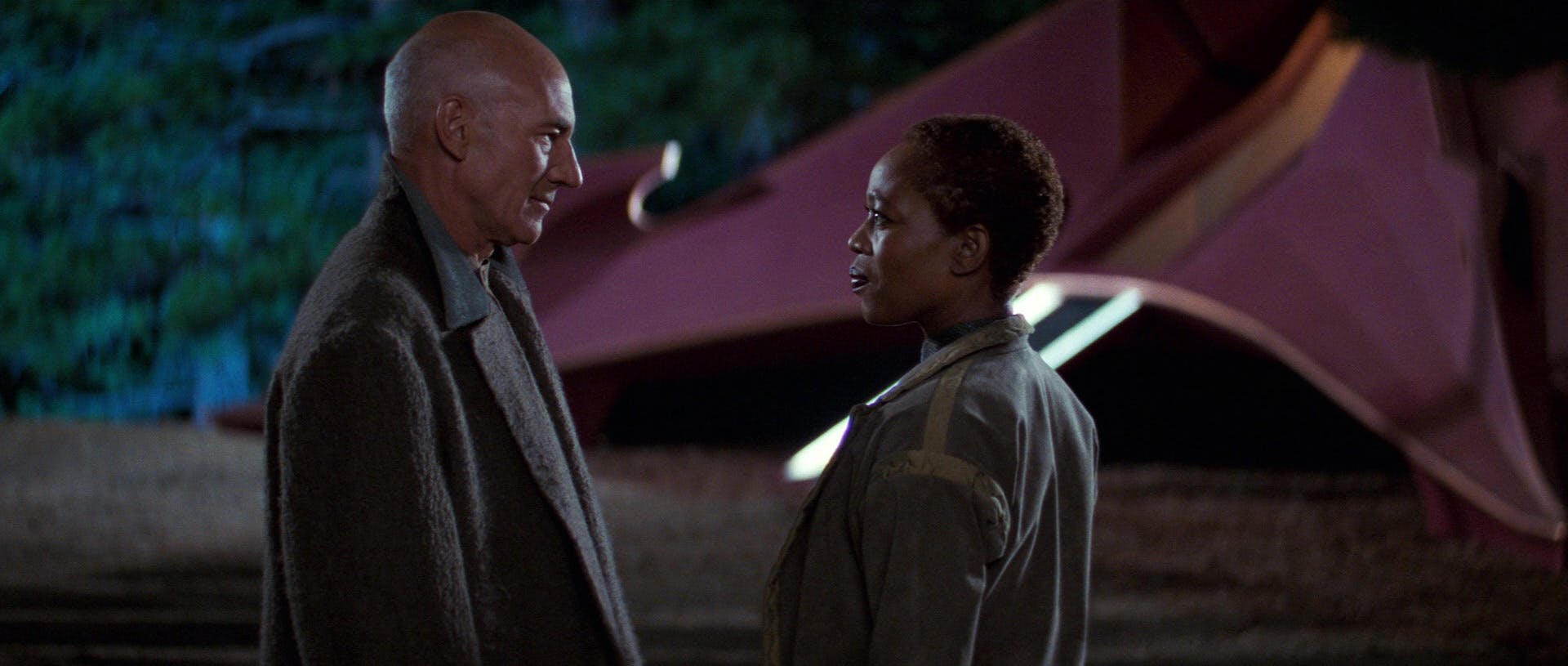
Star Trek: First Contact
StarTrek.com
The bold, wise, and resilient Lily Sloane we described above clearly had an irreplaceable influence on Zefram Cochrane, Jean-Luc Picard, and the Phoenix project, but her actions generated beneficial repercussions that rippled across the centuries. Sloane's most apparent contribution rested upon her work with Cochrane and the Phoenix, as that collaboration enabled Earth to reach the stars, attract the attention of the Vulcans, and usher in a new era which ended poverty, disease, and war around the globe. Along with warp drive itself, the peace and purpose it bestowed upon the planet led to the establishment of a United Earth, the founding of the Federation, and a Starfleet armada that performed vital peacekeeping, humanitarian, diplomatic, and scientific missions throughout the galaxy. This legacy, which Sloane deserved to share with Cochrane, extended into the 32nd Century and beyond.
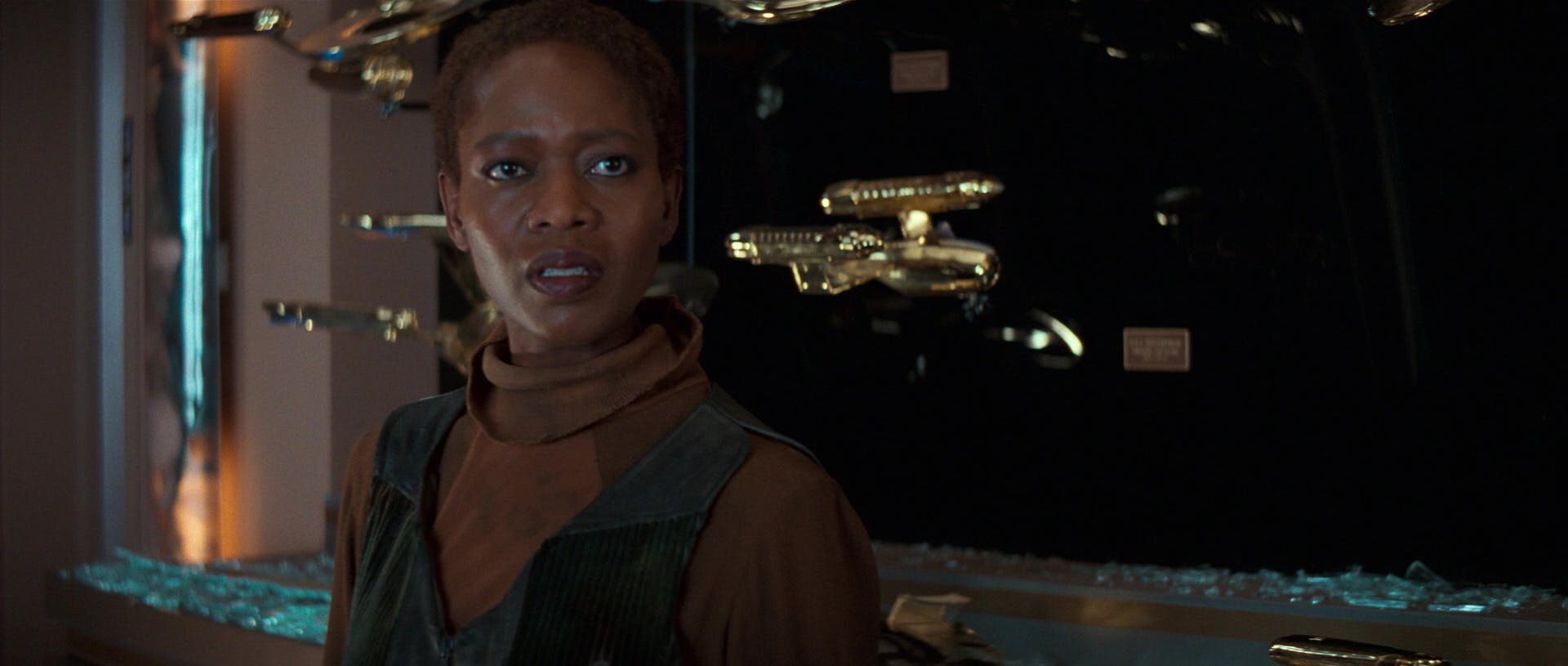
Star Trek: First Contact
StarTrek.com
One particular scene in the Enterprise-E's observation lounge perfectly captured Lily's place in history. After an enraged Picard lashed out and smashed the display case that held commemorative models of previous starships named Enterprise, Sloane surveyed the damage and remarked that the captain had broken his "little ships."
In that moment, Lily stood before the entirety of the Enterprise lineage — the very vessels which had carried humanity to the final frontier and descended from the craft she and Cochrane had built. And, with the way she emphasized the shattered models in the midst of the same conversation that saw her resurrect Picard's moral center, it was as if Sloane's achievement of bringing the captain to his senses symbolically repaired the promise of hopeful future that each of those starships represented.
A Matter of Perspective
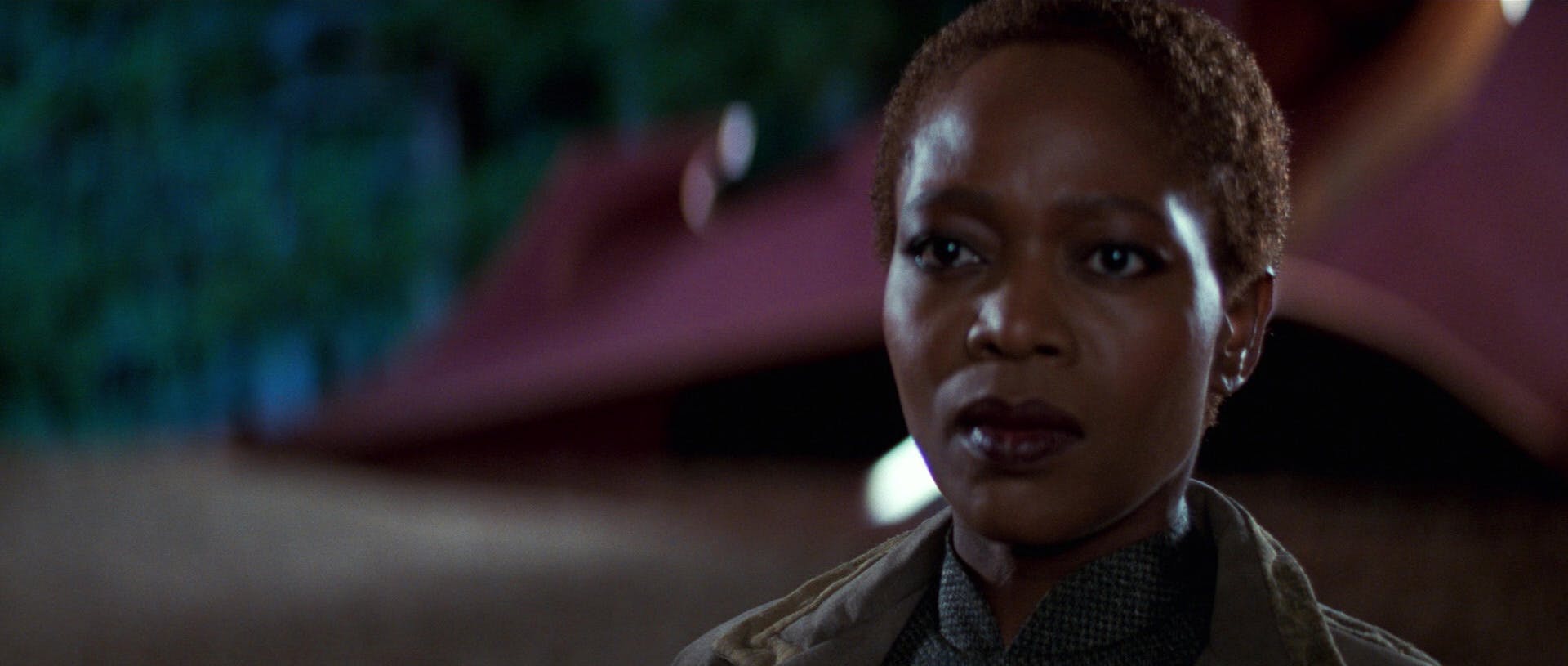
Star Trek: First Contact
StarTrek.com
Lily Sloane's influence on all that humanity and the Federation would become should not be underestimated or dismissed. It is crucial to note that this case is not intended to downplay the astounding accomplishments of Zefram Cochrane, Jean-Luc Picard, or anyone else whose sacrifices made the Phoenix and its flight a reality, but simply to acknowledge Lily Sloane and her equally essential exploits. Nor is it an account of Sloane actively trying to meddle in other people's lives. Lily never sought to manipulate anyone, only to share her point of view. Her compassionate reasoning was merely so rational that not even a headstrong individual like Captain Picard could deny its veracity.
And, in the end, Lily Sloane left the Earth in a far better state by sticking to her values and speaking her mind.





